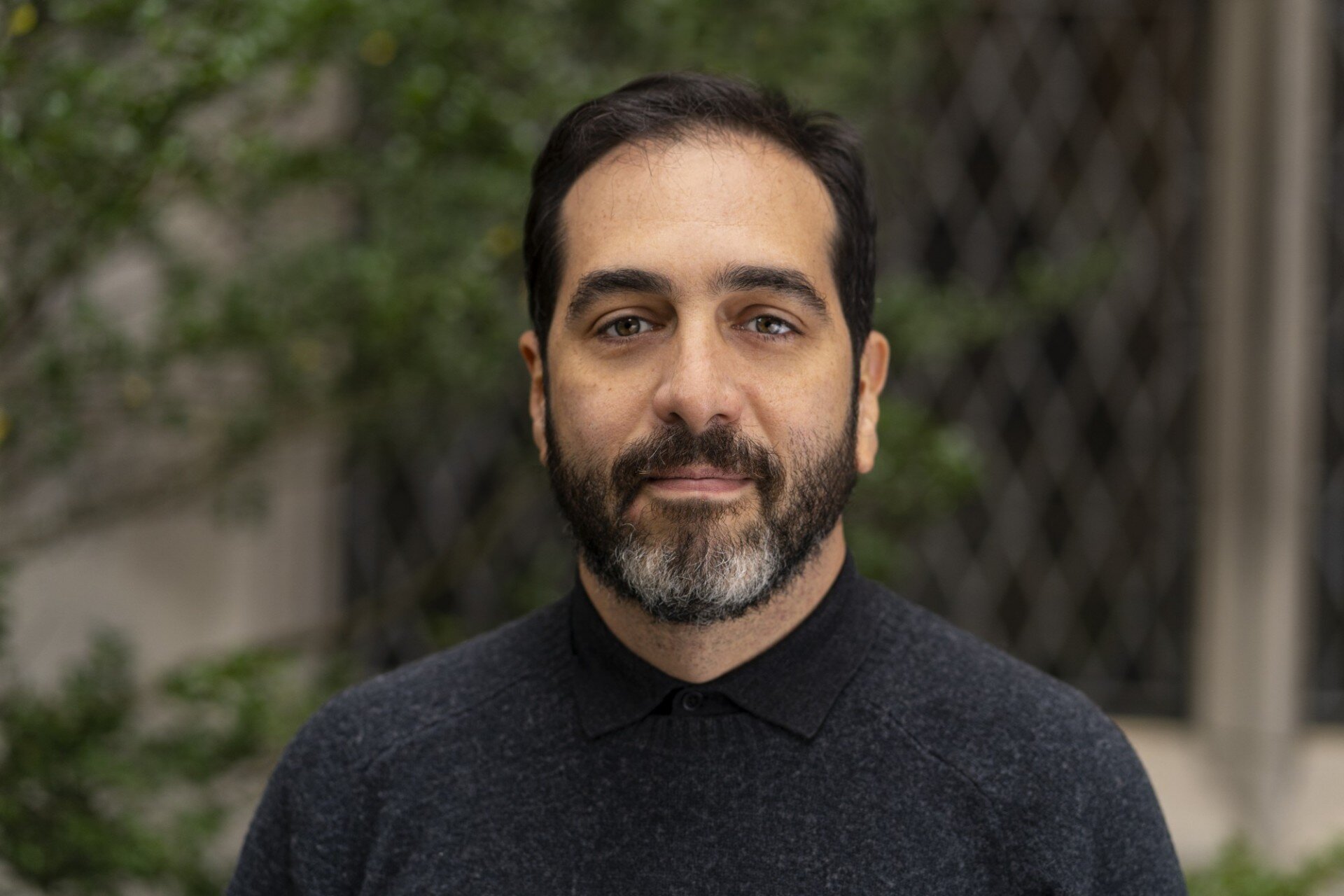In the arid expanse of southern Jordan, Petra—famed for its Nabataean façades carved into rose-colored cliffs—holds narratives that extend beyond tombs and temples. From the 4th to the 6th centuries CE, the city experienced not only Roman consolidation but also the rise of a Christian community. Central to this overlooked chapter is Asterius of Petra, a bishop whose life intersected with some of the most turbulent theological debates of Late Antiquity.
A Bishop in Times of Change
Asterius served as bishop of Petra during the second half of the 4th century CE. His commemoration on June 10 highlights a career shaped by conviction and controversy. Initially sympathetic to Arianism—a movement denying Christ’s full divinity—Asterius eventually embraced Nicene orthodoxy. His formal support of the Nicene Creed at the Council of Serdica (ca. 343 CE) placed him at odds with influential church factions and the imperial court.
As a result, Asterius was exiled under Emperor Constantius II and spent several years in Libya. His return was made possible by Emperor Julian’s brief policy of religious tolerance in 362 CE. That same year, he took part in the Council of Alexandria, which aimed to reconcile theological divisions within the Christian community. He died shortly after in Petra, remembered for his intellectual integrity and principled defiance.
Petra After the Nabataeans
Though best known as a Nabataean trade hub, Petra’s later history is deeply connected to the Byzantine world. After its annexation by Rome in the 2nd century CE, Petra eventually became the capital of Palaestina Salutaris (Palestine III) by the 5th century, gaining administrative and ecclesiastical significance.
Christianization unfolded gradually. Pagan cults dedicated to deities like Dushara and Allat endured into the 5th century. A local tradition claims that in 423 CE, after a prolonged drought, rain allowed Christian monks to enter the city. Many locals interpreted this as divine intervention and converted. Though likely apocryphal, the tale reflects the symbolic resonance of religious change in Petra.

(Mosaic from Petra byzantine church; Photo credit: Bernard Gagnon)
Christian Layers Within the Cityscape
Petra’s Christian past may not be immediately visible to visitors captivated by Nabataean architecture, but archaeological remains reveal a vibrant phase of religious transformation.
The Petra Church, or Byzantine Church, sits on a natural terrace overlooking the valley. Built in the 5th century, this basilica features three aisles and floor mosaics with vegetal and symbolic motifs, echoing Eastern Christian aesthetics. Though a fire damaged the church in the early 7th century, it also preserved over 150 papyri discovered in 1993. These documents provide rare insights into the legal, familial, and economic lives of Petra’s Christian residents in the 6th century.
Other examples of adaptation include the conversion of older structures. The Urn Tomb, originally a Nabataean burial site, became a cathedral around 447 CE. A Greek inscription dedicates it “to Christ the Savior,” signed by Bishop Jason. Such reuses were common across the Eastern Roman provinces, where sacred spaces were often redefined rather than destroyed.
The Monastery (Ad-Deir), possibly a former temple, bears carved crosses indicating later Christian use. Nearby, Jabal Haroun—traditionally identified as Aaron’s burial place—houses remnants of a Byzantine sanctuary, attesting to its importance for Christian pilgrims and monks.

(The atrium of the church known as the Petra Church; Photo credit: Dosseman)
Reimagining Petra’s Sacred Geography
Exploring Petra through its Christian heritage offers a different path through the city’s rich past. Beyond the grand façades lies a quieter story of belief, identity, and continuity. Each mosaic, reused shrine, and weathered inscription testifies to a community negotiating its place amid imperial change and doctrinal conflict.
Asterius of Petra stands out as a symbol of this experience—a figure of resilience and intellectual commitment during an era when faith and politics were deeply entwined. His return from exile and role in ecclesiastical reconciliation offer a compelling view of early Christian life in the Levant.
A City, Seen Differently
Approaching Petra with this perspective deepens rather than diminishes its wonder. It becomes not only an architectural marvel but also a spiritual palimpsest—layered with belief systems and historical identities. For those drawn to complex journeys of transformation, Petra presents a contemplative landscape, where stone, silence, and sacred memory still speak.




